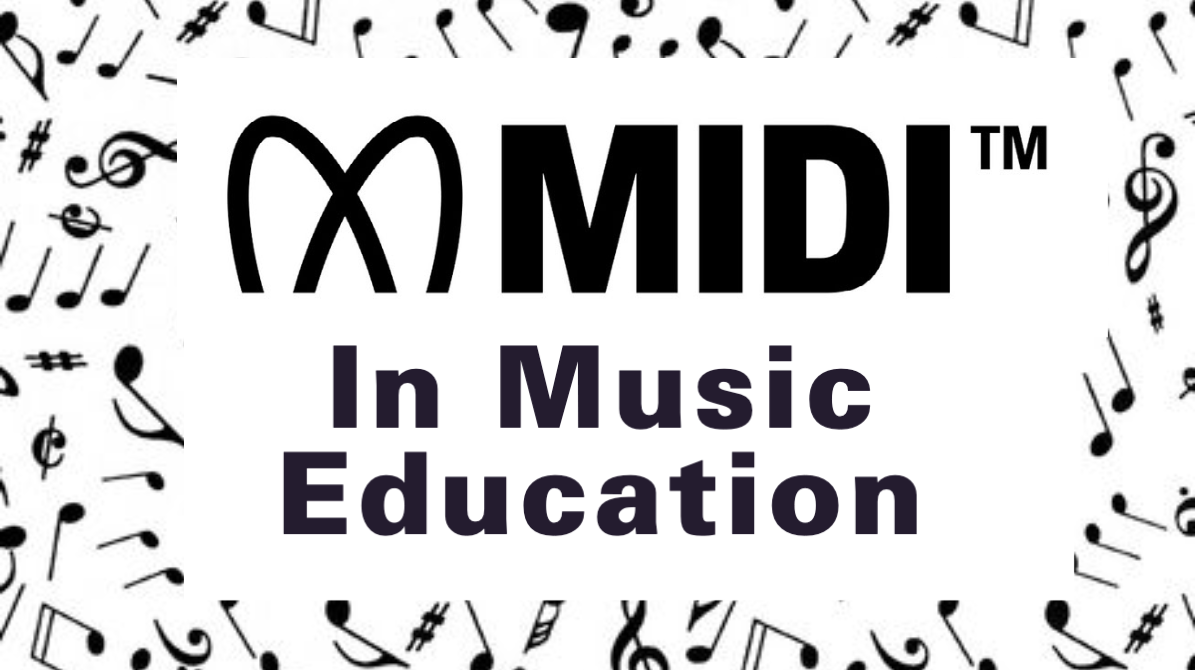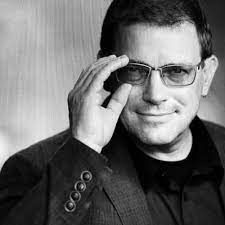The MIDI in Music Education Special Interest Group

The MIDI in Music Education (MIME) Special Interest Group has defined a MIDI Curriculum and a Certification Program
- A definition of MIDI users in education and their needs
- A MIDI curriculum outline given the rollout of MIDI 2.0
- Ideas and a draft for proposal to the board for a MIDI skills certification program
organizations’ representatives that regularly participate in the MiME Special Interest Group:
- 1500 Sound Academy, CA
- Belmont University, TN
- Columbia University
- Florida State University
- Full Sail University, FL
- Guitar Center
- Indiana University
- Musicians Institute, CA
- Rensselaer Polytechnic Institute
- Riverside City College
- Romeo Music, Dallas
- SAE Institutes Latin America
- Sweetwater
- Tufts University, MA
- And Many More
Lee is the VP of Education for Focusrite and has previously held positions as Berklee’s Vice President for education outreach and social entrepreneurship, and also as the inaugural executive director for the Grammy Music Education Coalition so he is a perfect fit as the Special Interest Group chair.
The MIDI in Music Education Charter
The group developed a charter to establish a concrete set of goals.
Name of WG: MIDI In Music Education
MIDI In Music Education (MiME) Special Interest Group (SIG)
Topic and purpose (goal) of this WG:
To raise awareness about MIDI in education at schools (secondary, college and university, and pro schools), and for manufacturer and reseller staff members. Current work includes:
- Establishment of standardized, readily/publicly available content (text/video/modules) for use on MIDI.org, to be added to college courses, more; and,
- Creation, launch, and actively manage of a MIDI certification program (perhaps a couple levels, general, MIDI 1 and 2, for coding, etc.).
Motivation behind (benefit to the market) of addressing this topic:
- Teaching of MIDI is fragmented and there is no standardized curriculum
- We need to explain the benefits of MIDI 2.0 and how it works to music educators.
- The MIDI Association is the central repository for information on the latest developments in MIDI.
- In a recent survey our members identified educators as a key segment to reach out to.
Paul Lehrman from Tufts University and former MIDI Association board member drafted a proposed MIDI Curriculum.
The MIDI Association MIDI Education Course Outline
Guidelines for a 3-semester program of courses for MIDI education and certification
First semester. Introduction to MIDI
I. What is MIDI?
What can MIDI be used for?
Musical instruments, mixing and processing, live performance, education, synchronization, robotics, stage mechanics, multimedia, toys, web, personal electronics
MIDI History: Pre-MIDI (Voltage Control, Digital Control)
Original use of MIDI was to have one keyboard control several instruments, has gone way beyond that
Benefits of Digital (vs. Analog) Instruments
Control, memory, reproducibility
II. MIDI Setups
MIDI signal flow and connectivity, live and studio
Local control, MIDI In/Out/Thru
Device-to-device, device-to-computer, inside computer
III. Composing with MIDI
Sequencing:
Basic Operation of Hardware, Software
Tracks/Channels, Data Editing, Data Manipulation, Step Time, Quantizing, etc.
Editing
Graphic, Numerical, and Notation
Looping, Clips
Tempo Map: Time Fitting and Scaling
Bouncing MIDI tracks
IV. The MIDI Specification
Serial data protocol, Bits and Bytes
MIDI Connections: DIN, USB, Bluetooth, Ethernet, iOS, Web MIDI
Thru Jacks, mergers and splitters, Computer interface
MIDI Commands: Command/Status Byte, Data Bytes, Program Change
Channels, Notes, Controllers, Modes, and System Messages
Second Semester, Advanced MIDI
V. MIDI Products
Hardware:
Instruments, modules, controllers
Software:
Softsynths, DAWs, Max/PD
VI. MIDI files and General MIDI
SMF, GM, GM2, GM extensions, DLS
General MIDI devices
VII: Advanced Topics
Clocking, MTC, Tuning, SysEx, RP and NRP, MPE, Sample Dump
VIII: Other applications
Games
Robotics
MIDI Show Control, museums, multimedia
IX: MIDI 2.0
Expanded control and data bytes
Two-way communication
Property Exchange/CI
PROFILES
Backwards compatibility
Third semester, track A: MIDI for Music
Using physical controllers—alternative control surfaces
Combining hardware and software synths
Synth programming
Synth control
Plug-ins control
MIDI clocks-synchronization
Looping and clips
Bouncing
Mixing
Third semester, track B: MIDI for audio production
Control surfaces
DSP control
Mixing
MIDI-to-audio, audio-to-MIDI
Pitch-shifting, harmonizing
Synchronization-MTC
Third semester, track C: MIDI in live performance
Alternate controllers
Mapping
Synth control
DSP control
Looping and clips
Mixing
Third semester, track D: MIDI for video/multimedia production
Control surfaces
Synchronization-MTC
SFX, sampling
Ambience, DSP
Mixing

